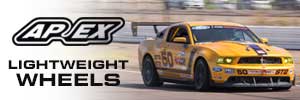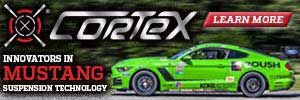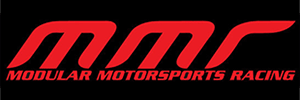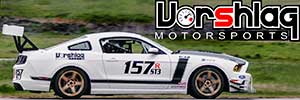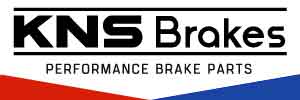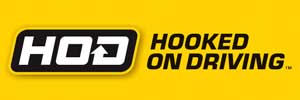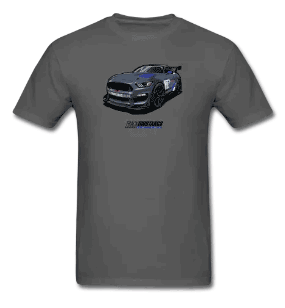Please post any TSB's you find here. Please do not post PDF's. Instead convert them to JPG file format to make it easier for all to read. Use the TSB number in the subject line for your post so it will be easily picked up by the search function. See post #2 as an example.
Any questions or assistance send me a PM. Keep all discussion to the specific TSB and use other threads to discuss any issues or symptoms you're having.
Here are a couple of resources.
http://www.safercar.gov/Vehicle+Owners
Any questions or assistance send me a PM. Keep all discussion to the specific TSB and use other threads to discuss any issues or symptoms you're having.
Here are a couple of resources.
http://www.safercar.gov/Vehicle+Owners

